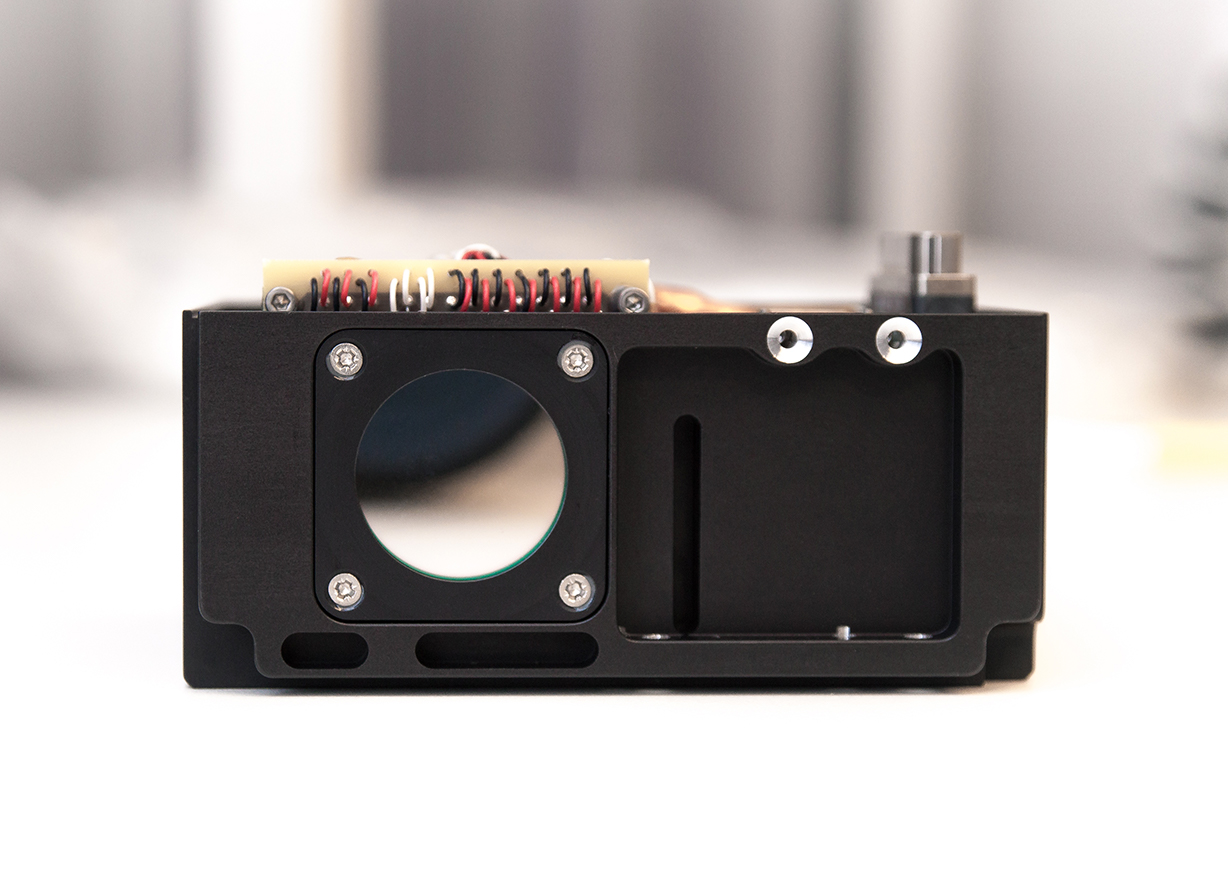[Editor’s note: Kuva Space was previously known as Reaktor Space Lab from the formation of the company in April 2016 until the end of September of 2021. This blog post was written before the Kuva Space brand renewal.]
Reaktor Hello World’s Payload Engineer Antti Näsilä works in the Microspectrometers team at VTT Technical Research Centre of Finland. The team develops miniaturized spectrometers and hyperspectral imagers that have been applied to compact hydrocarbon sensors, thermal infrared gas analysers and various other microspectrometer sensor products. With large optical apertures and high customization capability, this technology has also created the basis for novel hyperspectral imaging applications, including nanosatellite-based imagers.
The hyperspectral imager on board the Reaktor Hello World is the first infrared hyperspectral ever to be flown on a nanosatellite. It is also the smallest hyperspectral imager ever to be flown in space (less than 500 g). The imager design is heavily based on the heritage from Aalto-1 (first hyperspectral imager on a nanosatellite, 2017), but the the Hello World imager operates completely in the infrared wavelengths (900-1400 nm).
What is a Hyperspectral Imager (HSI) and what is special about the VTT spectral imager technology?
Hyperspectral imager is a camera, which is capable of taking images just like any other camera, but at the same time it will record the spectral information of each pixel in that image. The special feature of VTT’s spectral imager technology is that we can always get regular 2D images at any wanted wavelength. This allows the imager to be very flexible, i.e. we can only image the wavelengths of interest and discard the rest. The sequences can also be easily modified in-flight, so we can change to a completely different mission profile or application by a simple software update. From optical point of view, the technology enables very small instruments while retaining performance. This is very useful for nanosatellite missions such as Reaktor Hello World.
What do you hope to achieve with the HSI on board the Reaktor Hello World satellite?
The main purpose with the Hello World HSI is to demonstrate the feasibility of true infrared hyperspectral imaging on a nanosatellite as this has never been tried before. During the demonstration, we are gathering test data for validation and possibly finding some new interesting applications. The data can be utilized in at least ocean monitoring, agriculture, forestry and geology, just to name a few.
What kind of space-based applications does the instrument enable?
The most straightforward application for this particular instrument is the characterization of mineral composition of the target.This is also the key technology for any future asteroid prospecting applications. For Earth-orbit applications, the infrared region plays a key role in pollution and crop monitoring. We certainly haven’t even found all possible applications. For example, at some point later we are planning to test microplastics detection in the ocean.
True hyperspectral imaging is still a relatively new method that hasn’t fully been exploited using advanced algorithms, for example. It is still clear that it will have a large impact on how we’re able to monitor our planet and explore the universe beyond Earth.
What’s currently happening with Reaktor Hello World mission? What’s your plans for the future?
So far we have been imaging various locations covering different features in soil, minerals and drainage basins, for example. We have preliminary validated the data and will continue to analyze it while shooting new locations. Comparing these results to already existing data (based on measurements from both space and Earth) will help us to understand the true capabilities of our hyperspectral technology.


